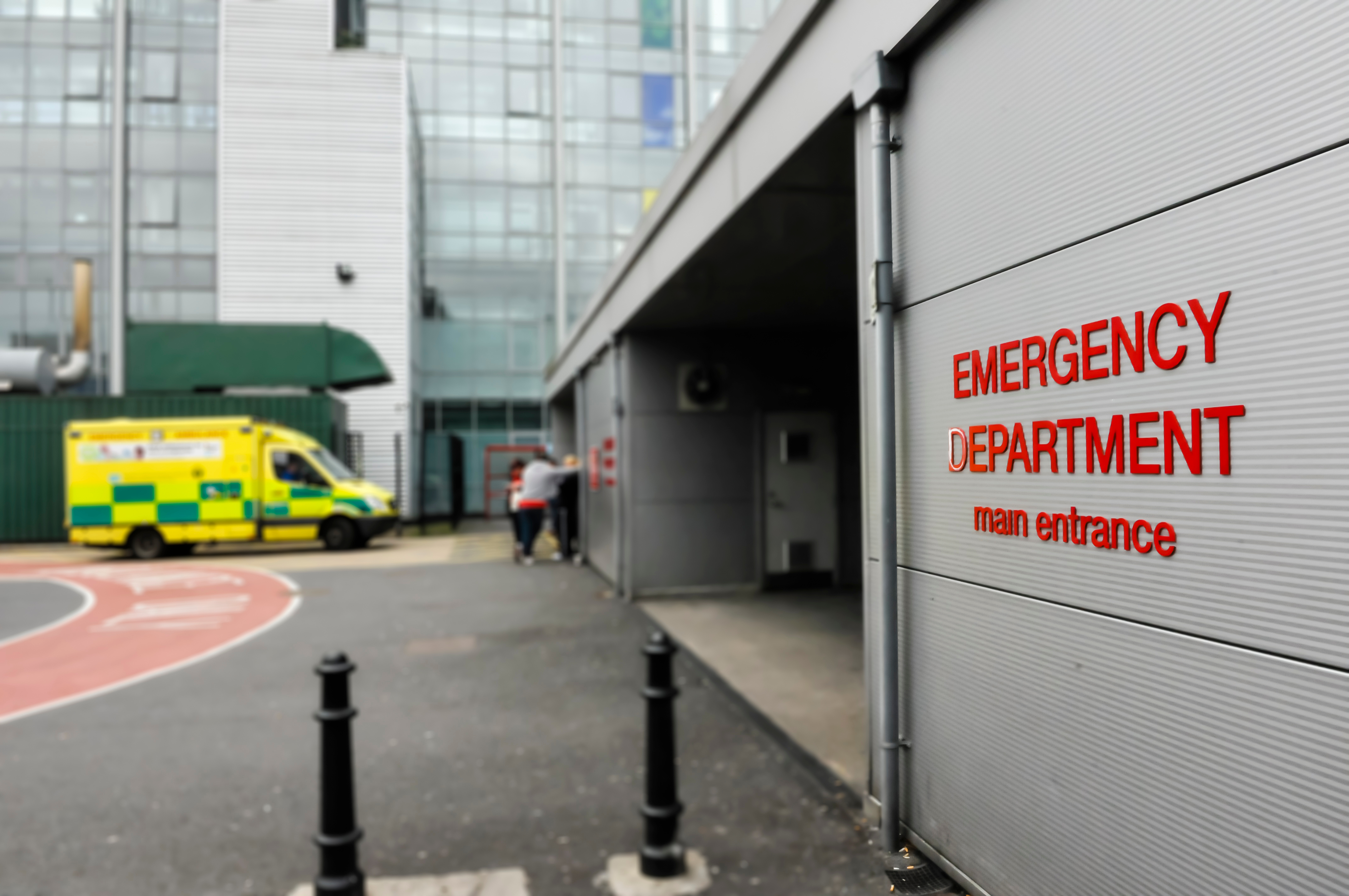

Record numbers of patients waited more than four hours to be seen in A&E departments last year, an NHS England study found last month.
This means the NHS has again failed to meet its target that 95 per cent of patients should be seen within four hours of arrival at A&E.
The overall number of attendees visiting A&E departments across England is also rising. There were 24 million attendances in 2019, a 38 per cent increase from ten years ago.
Sarah Scobie, deputy director of research at the Nuffield Trust, told Raven News that a number of different factors have driven the increase in A&E attendances over the past decade, “including population growth and the services available.” A reduction in the availability of GP appointments, for example, may have contributed to the rise in A&E visits.
Scobie added that there are insufficient NHS staff and resources to keep up with increased A&E demand, which puts “strain on the system”.
A&E departments saw eighty-six per cent of patients within this time frame last year, leaving 625,678 attendees waiting for longer than four hours. This is the worst performance for the NHS since targets were introduced in 2004, and the fourth consecutive year that the health service has failed to meet its objective, as waiting times have steadily increased over the past decade.
Waits of over 12 hours have skyrocketed since records began eight years ago, peaking at 3,502 in 2017.
Scobie said those who tend to wait the longest are people who are waiting to be admitted to a hospital bed. These patients are known as ‘trolley waits’, as they are left waiting on hospital trolleys while a permanent bed is found.
Twelve-hour trolley waits have dropped by about one per cent in the past two years, but remain nearly 25 times higher than they were eight years ago.
Despite a year-on-year increase in public spending on healthcare, the NHS is facing severe financial pressures.
The rate of spending has slowed significantly since 2010, with the average annual spend dropping by an average of 5.3 per cent in the past nine years.
Earlier this year, Prime Minister Boris Johnson pledged £1.8bn towards maintaining and rebuilding hospitals across the UK, saying the government would make cutting waiting times a priority.
According to Scobie, any increase in funding is welcome, but may not provide an immediate solution: “The pledges that have been announced so far aren’t going to bring spending back to historic levels. The increases have come after several years of reduced funding – there’s still likely to be a gap in capacity.”
Scobie also said that the issues facing the NHS are not all financial: “There’s also a shortage of workforce. There are fewer and fewer people wanting to work with the NHS, difficulties with recruitment and retention, and so on.
“We hope that the funding is going to help improve performance, but clearly there’s a long way to go – there’s a big gap at the moment between the demand and supply.”